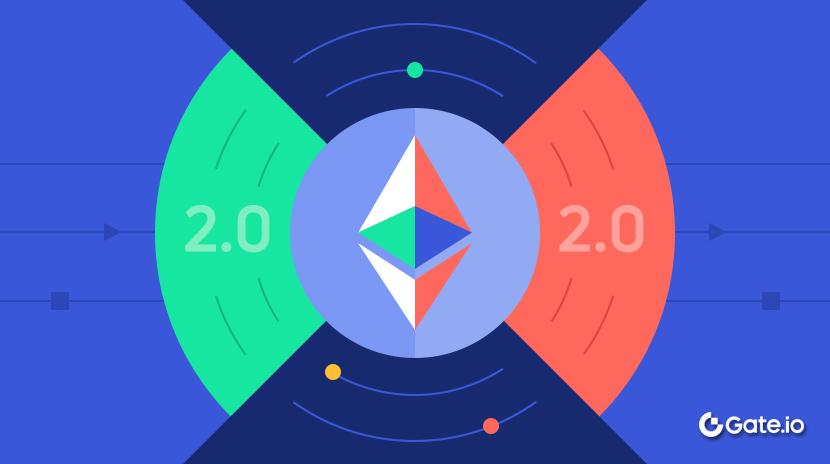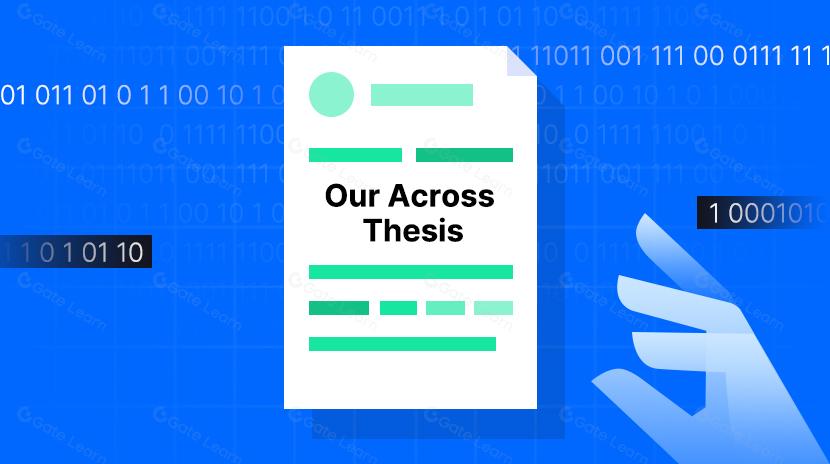enterprise ethereum

Enterprise Ethereum is a customized Ethereum blockchain solution designed to meet enterprise-level application requirements, maintaining Ethereum's core technical advantages while adding security, privacy, and scalability features needed by businesses. As a permissioned blockchain network, Enterprise Ethereum allows institutions to deploy distributed applications and smart contracts in a controlled environment while ensuring data and transaction privacy. This technology provides enterprises with a platform that maintains confidentiality of business-sensitive information while achieving blockchain transparency and immutability.
Background: The Origin of Enterprise Ethereum
The concept of Enterprise Ethereum emerged in 2017 when multiple global corporations and technology companies recognized that while the public Ethereum network was innovative, it struggled to meet strict enterprise requirements for privacy, performance, and regulatory compliance. This led to the formation of the Enterprise Ethereum Alliance (EEA), comprised of financial institutions, tech giants, and blockchain startups.
Enterprise Ethereum's development has gone through several key phases:
- Concept formation: The transition from public Ethereum network to enterprise-level requirements
- Standards development: EEA developed specifications defining standards for Enterprise Ethereum implementations
- Implementation phase: Emergence of enterprise-grade Ethereum implementations like Quorum and Hyperledger Besu
- Convergence phase: Gradual integration of enterprise solutions with mainnet Ethereum technology, adopting Layer 2 scaling solutions
This evolution reflects blockchain technology's transformation from purely decentralized public networks to hybrid models adapted for practical business needs in enterprise environments.
Work Mechanism: How Enterprise Ethereum Works
Enterprise Ethereum retains Ethereum's core technical framework while making several key adjustments:
- Consensus mechanism: Typically uses efficient algorithms like Proof of Authority (PoA) or Practical Byzantine Fault Tolerance (PBFT) instead of Proof of Work (PoW)
- Access control: Implements node and participant permission management, where only authorized entities can join the network or view specific transactions
- Privacy protection: Utilizes zero-knowledge proofs, private transactions, and state channels to ensure sensitive data privacy
- Performance optimization: Improves transaction throughput by reducing validator node count and optimizing block generation time
- Governance structure: Clarifies network participants' roles and responsibilities, establishing clear protocols for updates and dispute resolution
Enterprise Ethereum networks can adopt various deployment models, including fully private deployments, consortium chain models, or hybrid connections with the public Ethereum network. This flexibility allows businesses to choose appropriate configurations based on their needs while maintaining compatibility with the Ethereum ecosystem.
What are the risks and challenges of Enterprise Ethereum?
Despite providing powerful blockchain solutions for institutions, Enterprise Ethereum faces multiple challenges:
- Technical complexity: Deploying and maintaining enterprise-level blockchain networks requires specialized knowledge, increasing implementation difficulties
- Standardization issues: Interoperability between different Enterprise Ethereum implementations remains challenging
- Scalability limitations: While performance exceeds public Ethereum, bottlenecks still exist when processing extremely high transaction volumes
- Governance challenges: In multi-organization consortium chains, reaching consensus and implementing changes may involve complex coordination of interests
- Regulatory uncertainty: Compliance requirements may become more complex as blockchain regulatory frameworks continue to evolve
- Talent gap: Developers and architects with enterprise-level blockchain expertise remain relatively scarce
These challenges require businesses to conduct thorough assessments and planning before implementation, defining clear technical roadmaps and establishing appropriate governance frameworks to ensure project sustainability.
Enterprise Ethereum represents an important convergence point between blockchain technology and traditional enterprise IT systems. By balancing decentralization values with enterprise-level requirements, it provides large organizations with a viable path to blockchain adoption. As the technology matures and more success cases emerge, Enterprise Ethereum is poised to play an increasingly important role in supply chain management, financial services, identity verification, and cross-enterprise collaboration. Meanwhile, Enterprise Ethereum implementations are gradually integrating with public blockchain ecosystems, creating hybrid solutions that combine security and openness, further expanding their application scenarios and value.
Share
Related Articles

What Is Ethereum 2.0? Understanding The Merge

Reflections on Ethereum Governance Following the 3074 Saga
